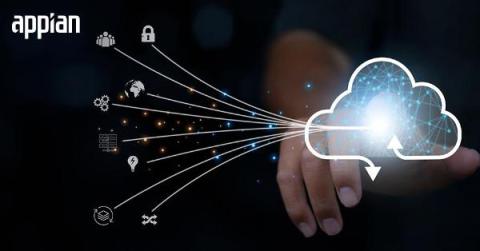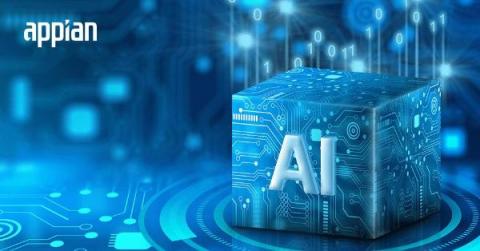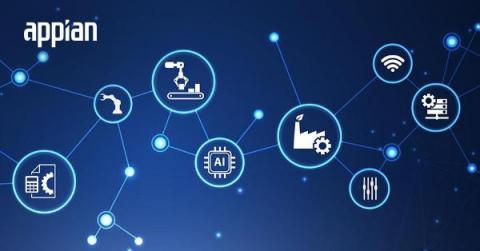Systems | Development | Analytics | API | Testing
Appian
4 AI Privacy Issues-and How to Combat Them
Artificial intelligence is changing the world. With use cases ranging from content generation to deep data analysis to detecting health issues, AI can greatly improve lives and enhance business outcomes. And with the explosion of generative AI services and large language models, we can expect AI to become even more ubiquitous than it already is. But AI isn’t perfect. In particular, AI privacy issues put organizations at risk or prevent adoption in the first place.
Improve Adoption of Government Acquisition Systems with a Great UI
At most federal government agencies, acquisition teams are understaffed and overworked. They have open positions that they can’t seem to fill. And their acquisition “systems” aren’t helping matters. Rather than working with one integrated government acquisition system, many agencies rely on separate applications that each perform one function. And the applications don’t communicate with each other or integrate with the financial system.
8 AI Automation Examples: A Strategic Roadmap to Transform Your Business
AI automation is changing the game in business operations. For many companies, global competition is heating up fast on an increasingly crowded playing field. In the past, business leaders knew their competitors and how they operated. But now, executives across industries have to look over their shoulders for new challengers that arrive with surprising speed from virtually any corner of the globe.
The 4 Defining RPA Trends to Watch in 2024
In 2024, the robotic process automation (RPA) market will shift due to four major trends. These include (you guessed it) artificial intelligence’s effect on RPA, shifts in the market landscape, changes to RPA’s place in the larger automation landscape, and new data management methods.
Become More Efficient with These 6 Applications of AI
Businesses are in a persistent productivity slump that could last through 2030, according to a 2023 World Bank study. The tech boom that powered innovation and growth over the last three decades is fading. Many companies are counting on artificial intelligence (AI) to boost operational efficiency and counteract these alarming trends.
2024 AI Outlook: 4 Trends AI Experts Are Talking About
2023 was a breakout year for artificial intelligence. It dominated news headlines as well as LinkedIn feeds. But its impact goes beyond the professional—I often overhear conversations at coffee shops about AI from people who aren’t knee-deep in the field. Whoever you are, AI is likely having a transformative impact on your life.
10 AI Trends Impacting Enterprises in 2024
Traditional AI models typically specialize in processing a specific type of user prompt, whether image- or text-based. However, a paradigm shift is underway with the emergence of a new generation of AI models known as "multimodal" systems. Unlike their predecessors, these advanced models can process a diverse range of inputs seamlessly. They can adeptly handle various media types, such as text, images, audio, video, and even code.
AI vs. Automation: Decoding the Differences for Business Success
The business landscape is undergoing radical change across industries, driven by artificial intelligence (AI) and automation. This article will differentiate AI and automation, debunk misconceptions, and highlight what business leaders need to know to navigate the challenges of integrating AI and automation across the value chain. So what’s the difference between AI and automation? AI and automation have distinct purposes.
Artificial Intelligence for Government: Advice for Leaders
AI is a groundbreaking technology that is ready to modernize the way federal government agencies operate. By automating tasks and optimizing workflows, artificial intelligence (AI) promises to enhance efficiency, minimize errors, and boost productivity without adding resources.










